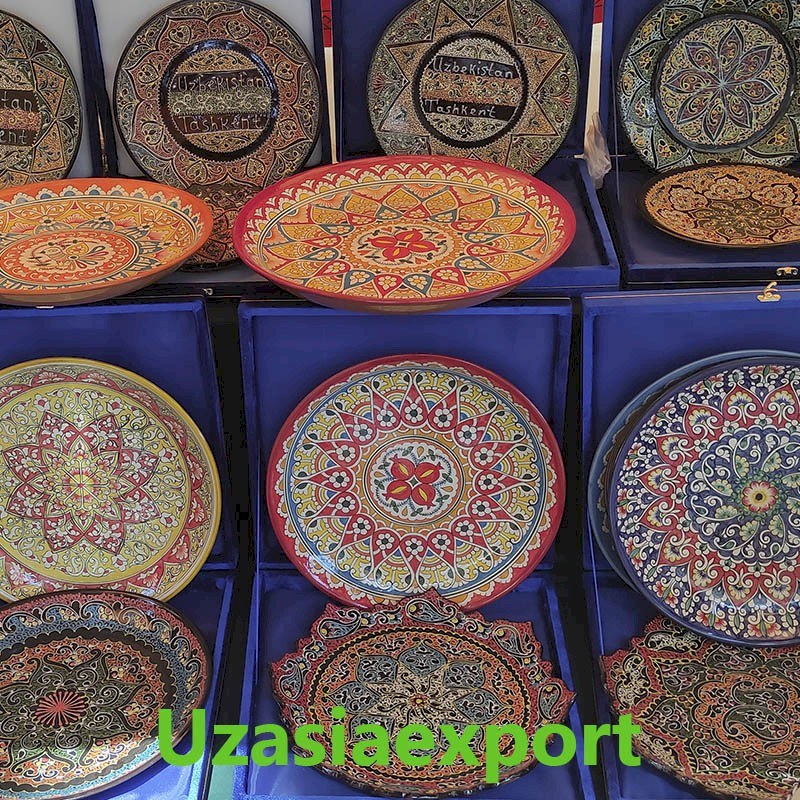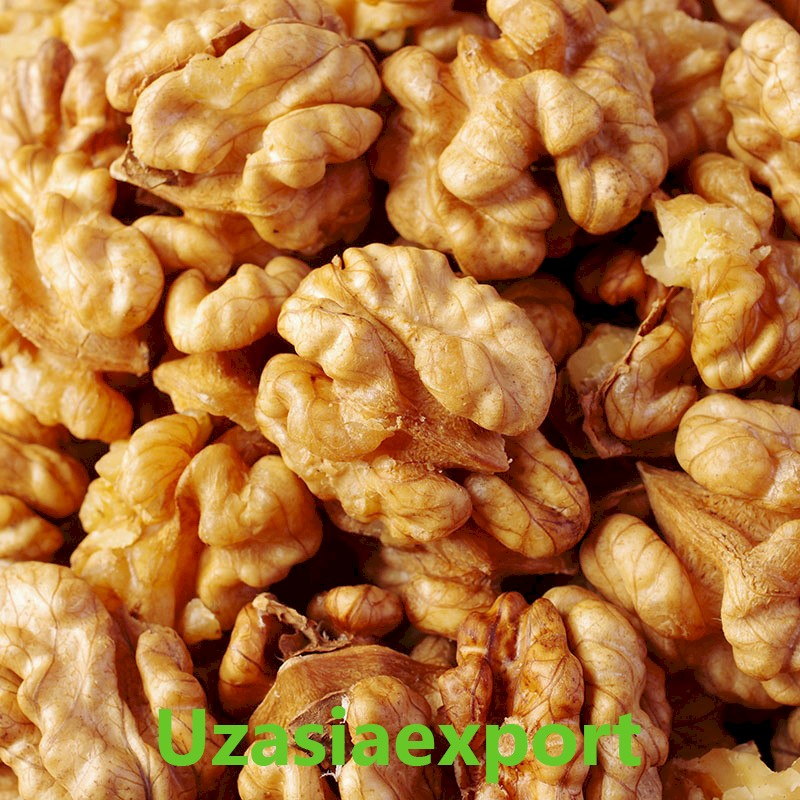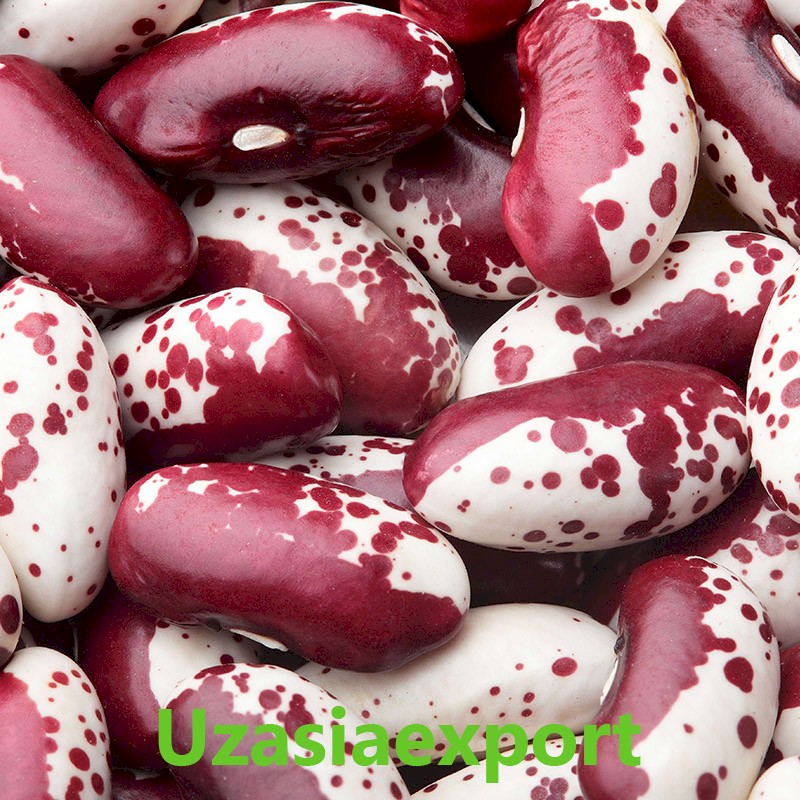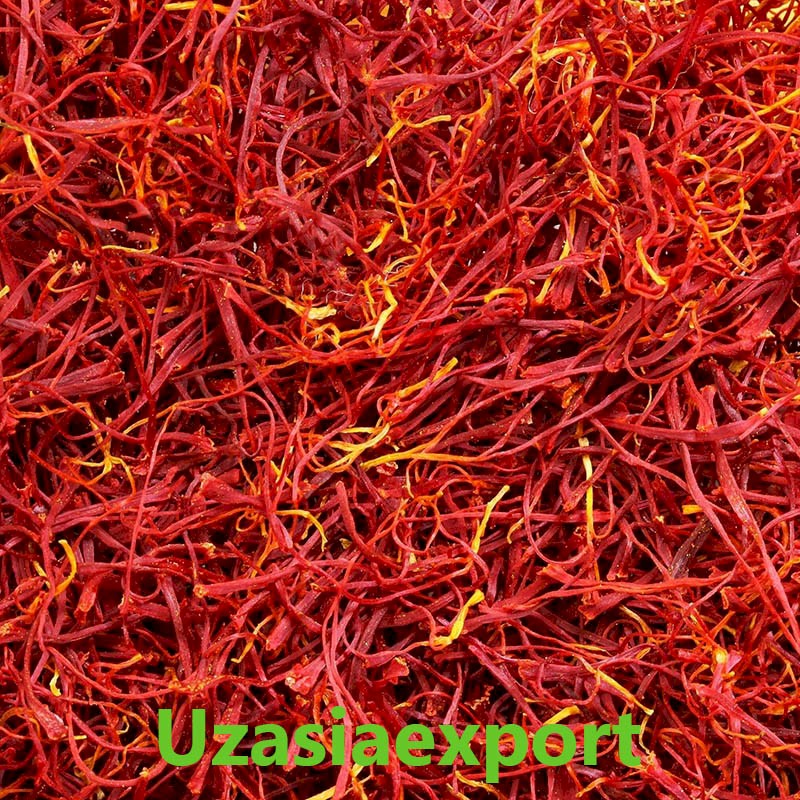Ceramics
-
Product category: Hand made
-
Species (Varieties): Ceramics of Rishtan
Suppliers:0
Small description
Ceramics collection. It is known from history, that ceramics is one of the oldest of ancient handicraft arts. Ceramics has been developed in many villages and cities of Uzbekistan and each region has its own distinctive features. Samples of almost all ceramics centres of our republic are collected in depository of the museum of applied art.
The biggest collection of ceramics consists of works of masters from Tashkent and Rishtan. Here you can find such wares as lyagan, kosa, vases, coated wares, wares from terracotta created by masters from Tashkent: Turap Mirvaliev, Kamal Turpov, Mukhitdin Rakhimov, Akbar Rakhimov, Chulpan Sadikov, A. Ya. Raufov, R. A. Akboliyan, A. U. Alimov and others. Also unique wares manufactured by Tashkent Ceramic Factory in fifties and sixties are kept in depository of the museum.
Here you can find works of masters from Rishtan: Usto Abdullo (1797 - 1872), I. Kamilov, B. Nishanov, U. Shermatov, Sh. Usupov, A.Sattorov, A. Uldashev, Z. Boboev. Also you can find wares manufactured by Rishtan ceramic factory: lyagan, kosa, urdak, oftoba, kuza, kallic, charhi, kumgan, togora.
Pottery for many centuries was the most highly developed type of craft in Central Asia. Glazed and unglazed ceramics of the leading centers had local features, manifested in the originality of forms, ornamental decor, and color. Rishtan, Gijduvan, Khiva, Samarkand, Gurumsaray, Shakhrisabz, Urgut, Khorezm, Tashkent are among the traditional centers of ceramic production that have survived to this day.
In recent years, historically established centers of production have been revived, the range of products (dishes, bowls, bowls, vessels for water, milk, various hums for storing food) has been significantly expanded, and their quality has improved. Masters, feeling the support of the state, increase production volumes in order to achieve profitability and competitiveness of their products.
One of the oldest ceramic schools in Central Asia is Khorezm. The painting cannot be confused with anything: the dishes are densely covered with ornate complex patterns with horizontal borders along the edges. The glaze is applied in a thick layer, making the ornaments appear voluminous and embossed. The drawings are reminiscent of the magnificent decoration of mosques or palaces. Blue and blue shades predominate - the colors of the sky, water and happiness. Khorezm jugs are practically ancient thermoses. According to the old technology, they are densely covered with thick glaze from the inside, and partially poured from the outside. As a result, the contents are cooled for a very long time.
The peculiarity of Rishtan ceramics - bichrome coloring - is also restored, as well as the secret of production of the famous ishkor glaze, a dye obtained from plant ash. Currently, craftsmen are working with easy ready-made alkaline glazes. The decor of Rishtan ceramics is predominantly floral, as well as images of kumgans, symbols of prosperity and well-being, knives, birds, fish, elements of architectural decoration. The ancient tradition of making figured water vessels - musalla - with a duck-shaped body has been revived.
The ancient art of pottery-making is truly a labour of love, especially for artisans producing fine pieces with their distinctive colouring and exquisite patterns here in Uzbekistan. First they must find suitable clay, clean out any impurities, knead it and prepare it for the potter’s wheel. Then skilled masters specialised in particular types of earthenware set to work. Once a piece is ready, it is handed over to a chizmakash, an artist who decorates it. A pattern is traced onto the smooth surface of the piece, which is then dried, glazed and fired in a specially-constructed kiln. Techniques, patterns and recipes were handed down through family lineages, but the twentieth century brought major changes to all aspects of life in Uzbekistan, and by the 1950’s handcrafted ceramics were in decline as factory-made goods flooded the market. The traditional techniques were gradually forgotten, traditional patterns dropped out of use, and the recipe for ishkor glazes was in danger of being lost. Many acclaimed workshops and centres closed their doors and the artisans’ children looked to other professions.
But some guilds and families managed to keep the old ways alive, and today Uzbek ceramics are enjoying a renaissance. Artisans in Rishtan, Gizhduvan, Shahrisabz, Urgut, Khiva and elsewhere are reviving time-honoured techniques. Traditional patterns are popular once again, and vibrant, intricate ornamentations once more adorn the bowls and plates that grace tables both at home and abroad.

Suppliers of this product
Shown 0 goods from 0
Hot deals
Popular products currently available












